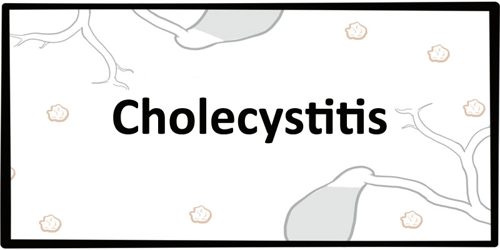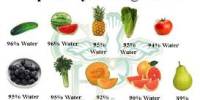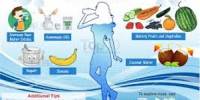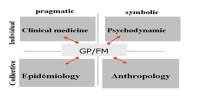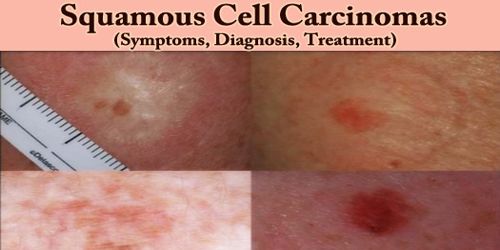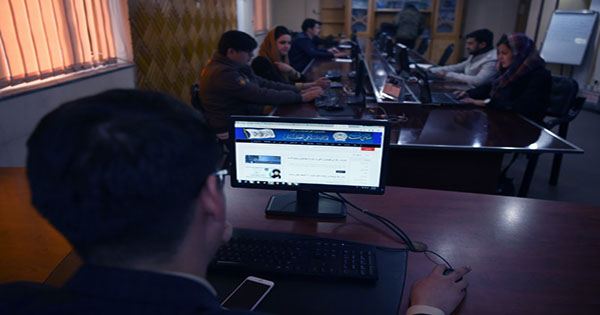Cholecystitis
Definition
Cholecystitis is an inflammation of the gall bladder, due to bacterial infection or the presence of gallstones. Complications of acute cholecystitis include gallstone pancreatitis, common bile duct stones, or inflammation of the common bile duct. More than 90% of the time acute cholecystitis is from blockage of the cystic duct by a gallstone.

Risk factors for cholecystitis include age, obesity, female gender, multiple pregnancies, use of birth control pills, and heredity. The most common symptom is pain in the upper abdomen, although some patients have no symptoms. Diagnosis can be made with ultrasound of the abdomen. Surgery (standard or laparoscopic) is considered for patients with severe cholecystitis. In some mild cases, medication may be used instead to treat the infection and inflammation and to dissolve the gallstones.
About 10–15% of adults in the developed world have gallstones. Women more commonly have stones than men and they occur more commonly after age 40. Certain ethnic groups are more often affected; for example, 48% of American Indians have gallstones.
Causes, Sign and Symptoms of Cholecystitis
Some of the most common causes of cholecystitis include:
- Gallstones becoming lodged in the duct of the gallbladder, preventing bile from emptying
- Complications from some other health condition like diabetes or HIV
- Persistent cholecystitis attacks and consistent swelling
- Gallbladder sludge — a thick substance that pollutes the gallbladder and can’t be absorbed. Pregnant women and people who have lost a lot of weight in a short period of time can experience this.
- A tumor in the liver or pancreas
- Reduced blood flow to the gallbladder
- Bacterial infection that strikes the bile duct system, which empties bile from the gallbladder
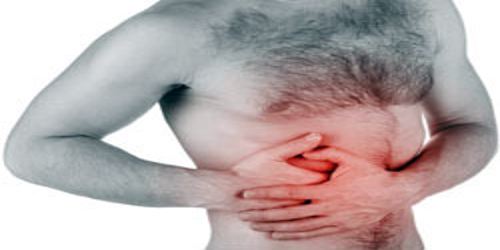
The most common symptom of cholecystitis is pain in patient’s upper right abdomen that can sometimes move around to their back or right shoulder blade. Other symptoms include:
- Nausea or vomiting.
- Tenderness in the right abdomen.
- Pain that gets worse during a deep breath.
- Pain for more than 6 hours, particularly after meals.
Older people may not have fever or pain. Their only symptom may be a tender area in the abdomen.
Diagnosis and Treatment of Cholecystitis
The symptoms of acute cholecystitis can resemble many other illnesses. Doctor will want to know about patient’s medical history as well as their symptoms. They’ll probably check patient’s abdomen for swelling or tender areas. They may order additional tests, such as the following:
- Abdominal ultrasounds use sound waves to create an image of your organs. This is the most commonly ordered imaging test that’s used to diagnose cholecystitis.
- Hepatobiliary scintigraphy is a procedure that creates an image of the upper portion of your small intestine, liver, gallbladder, and bile ducts.
- Cholangiography uses dye injected into your bile ducts to show the gallbladder and bile ducts on an X-ray.
- CT scans are computerized images used to create images of your internal organs.
Doctor may need to run more tests if they have been diagnosed with acute cholecystitis. These tests may include a liver function test and a complete blood count (CBC) test.

The main treatment for acute cholecystitis is surgery to remove the gallbladder (cholecystectomy). Often this surgery can be done through small incisions in the abdomen (laparoscopic cholecystectomy), but sometimes it requires a more extensive operation. Sometimes acute cholecystitis is caused by one or more gallstones getting stuck in the main tube leading to the intestine, called the common bile duct. Treatment may involve an endoscopic procedure (endoscopic retrograde cholangiopancreatography, or ERCP) to remove the stones in the common bile duct before the gallbladder is removed.
In rare cases of chronic cholecystitis, people may also receive medicine that dissolves gallstones over a period of time.
Reference:
